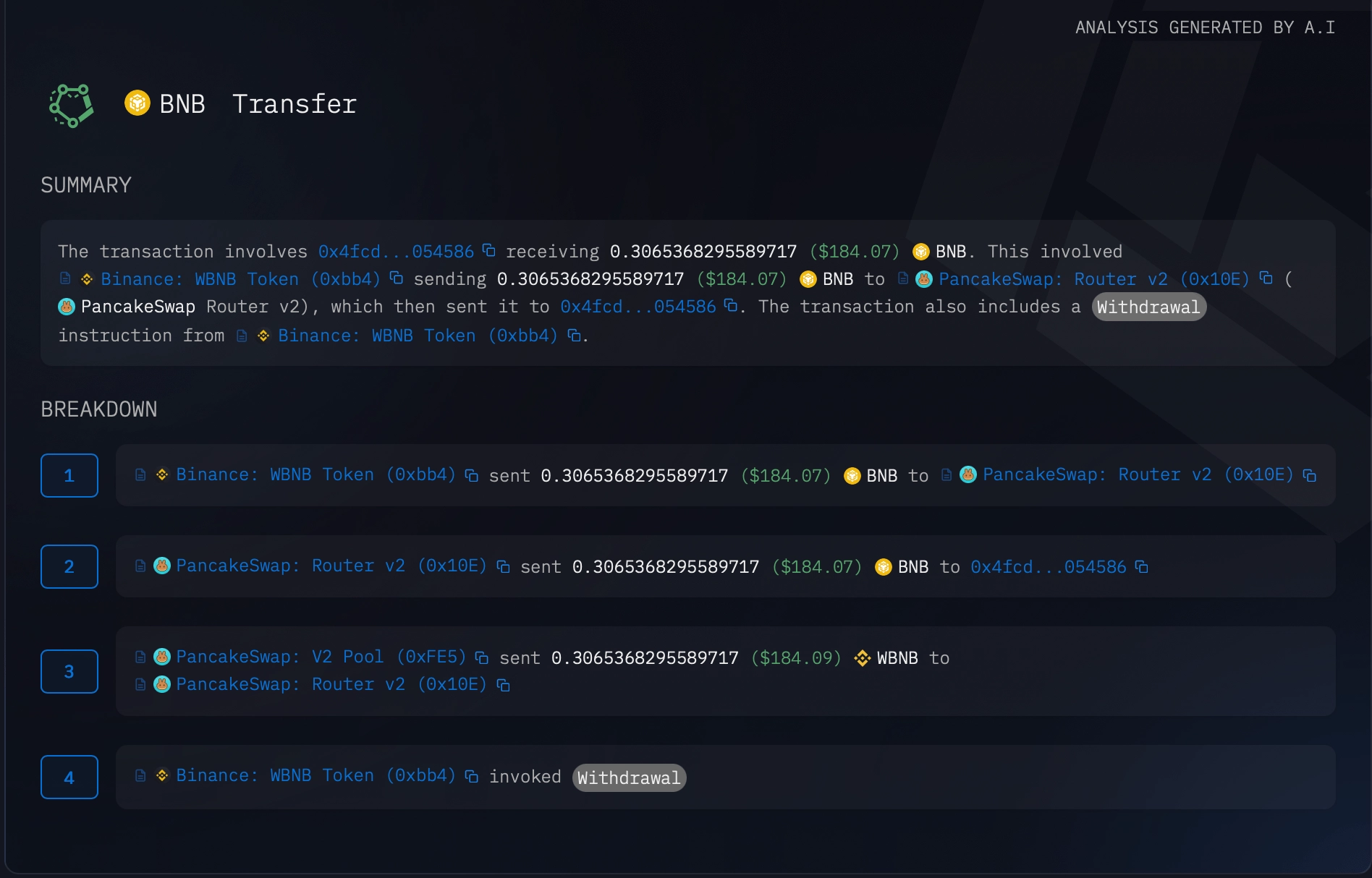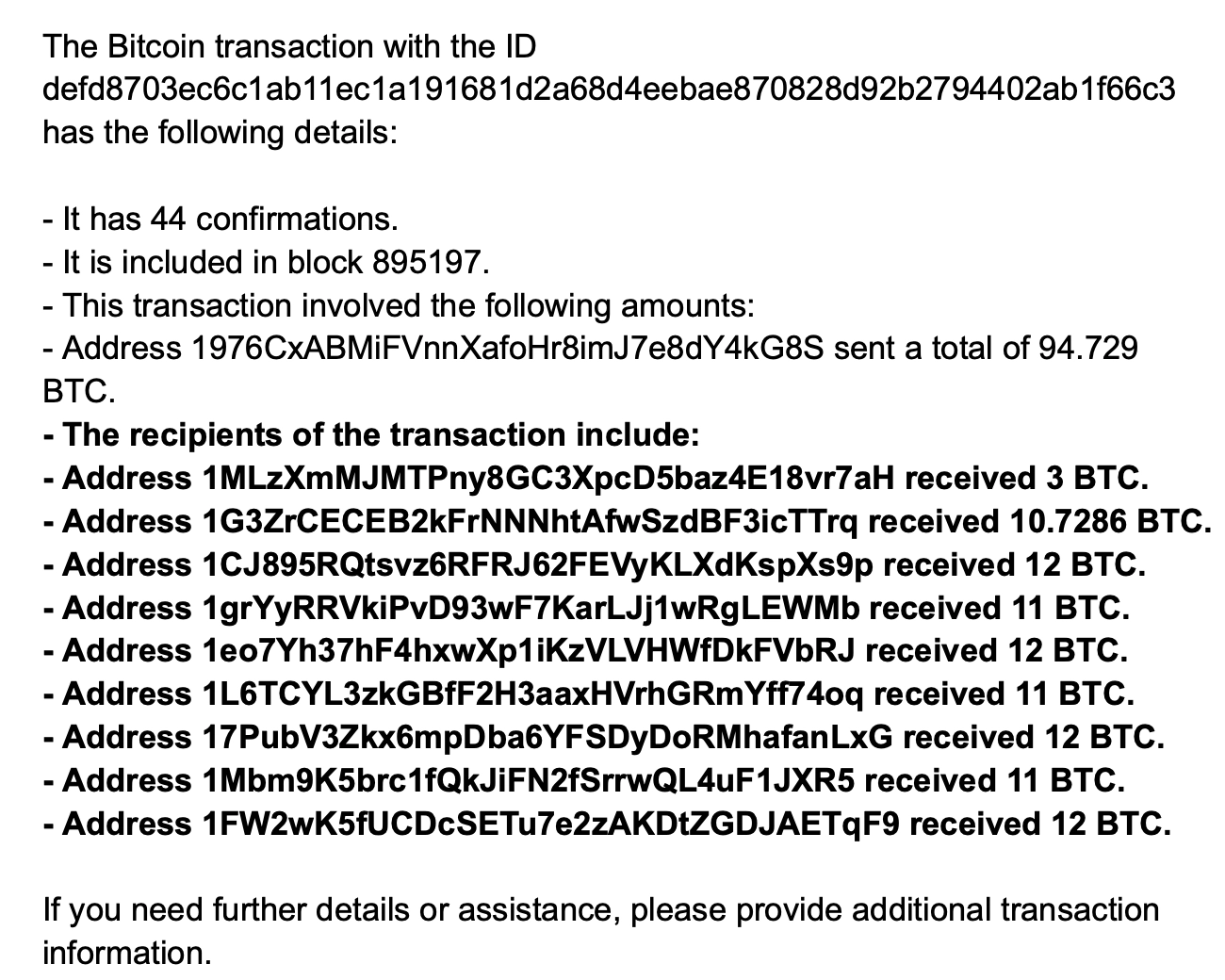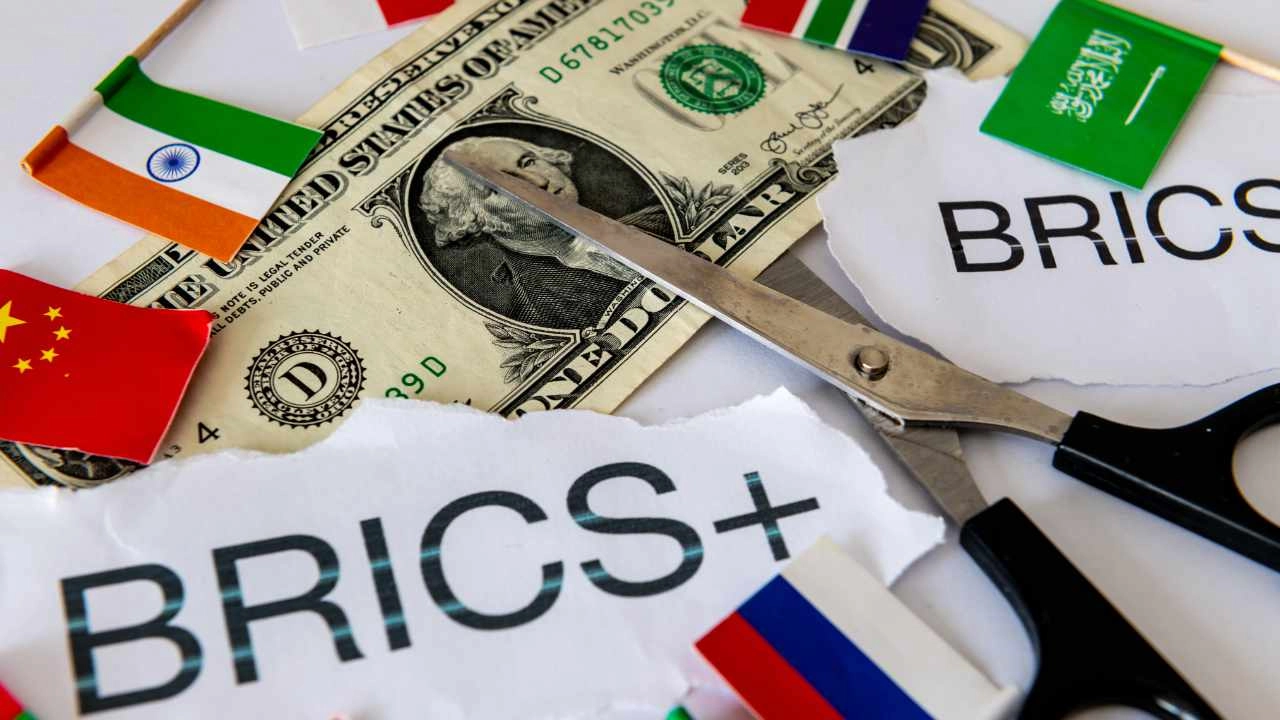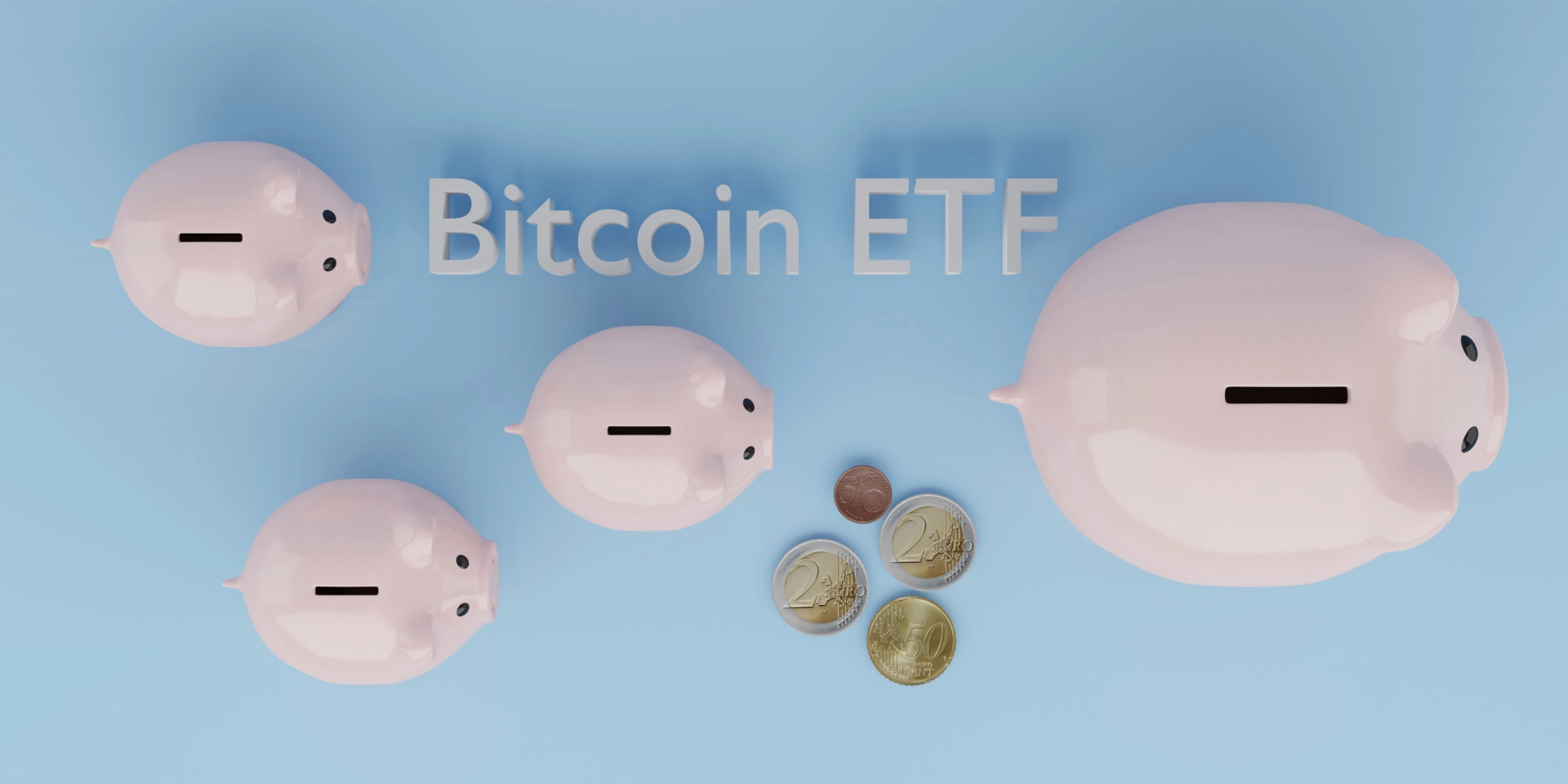AI and Blockchain Explorers: Arkham and Blockchair Reshape Onchain Visibility
In recent years, blockchain explorers have advanced significantly, and with the rise of generative artificial intelligence (AI), their capabilities have expanded further. Below, we examine two leading blockchain explorers incorporating AI, designed to translate transaction data into human-readable formats.

From Forensics to Fast Facts: How AI Is Transforming Blockchain Exploration
Generative AI has revolutionized numerous domains—from generating visuals and refining prose to streamlining website design. Now, this technology has permeated the blockchain sector, with two explorer platforms embedding AI into their interface design. The first platform is Arkham Intelligence, a blockchain analytics tool that democratizes access to intricate blockchain data across networks such as Bitcoin, Ethereum, BNB Chain, Tron, Avalanche, Base, Arbitrum, Polygon, Optimism, and more.
Arkham employs AI-driven methodologies, such as transaction analysis and entity identification, parsing both onchain and external data to link wallet addresses to real-world entities. Consider a recent transfer executed on Binance: Arkham’s AI identified that the transaction entailed a specific address receiving 0.3065368295589717 BNB via Binance for WBNB Token, which then routed 0.3065368295589717 BNB to Pancakeswap Router v2 before reaching the signer—all accompanied by a withdrawal directive.
 Source: Arkham Intelligence
Source: Arkham Intelligence
The AI analysis also gives a breakdown of the addresses involved. For blockchain sleuths especially, the ability to quickly identify real-world entities, consolidate onchain and off-chain data, and follow funds across networks dramatically speeds up investigations. It reduces time spent parsing block explorers line-by-line, allowing for faster insights. Then there’s Blockchair, a multi-chain explorer and analytics tool compatible with 48 distinct blockchains.
 Source: Blockchair
Source: Blockchair
Blockchair also integrates an AI assistant. It greets users with, “Hi! I’m Cuborg, your AI Assistant. How can I help you today? It looks like you’re viewing a transaction. Feel free to ask me anything about it!” Looking at this specific BTC transaction, when a dormant bitcoin address created on May 22, 2017, moved 94.729 BTC for the first time in nearly eight years at block height 895,197, Cuborg will tell you all about it.
Cuborg states:

As AI‑led explorers mature, decoding cryptographic ledgers no longer demands forensic patience; anyone can ask conversational questions and surface plausible leads within seconds. That shift resets expectations for transparency across every network, forcing exchanges, protocols, and even governments to assume their flows are instantly readable. The resulting informational parity may nourish healthier markets and accelerate mainstream engagement in the coming years.
Yet granular clarity brings a paradox: the same conversational dashboards empowering honest observers can equally arm opportunistic adversaries. As attribution models grow sharper, users may gravitate toward privacy coins, mixers, zero‑knowledge schemes, or entirely new protocols to shield movement. The right to privacy—and the tools that enhance obfuscation—is a fundamental human right. Yet, the transparency baked into most leading blockchains transforms that principle into a double-edged sword, where the pursuit of accountability often comes at the cost of discretion.
BRICS Accelerates Currency Shift With New Trade Tools and Payment Systems
BRICS nations are turbocharging their break from Western-dominated finance, advancing local currency trade, cross-border payment systems, and groundbreaking investment platforms to empower the Global South.

BRICS Ministers Push Local Currencies, Cross-Border Payment Plan, and New Investment Platforms
Foreign ministers from the BRICS countries highlighted their commitment to shifting away from reliance on dominant global currencies during a meeting in Rio de Janeiro earlier this week. The official Chair’s Statement from the Meeting of BRICS Foreign Ministers emphasized expanding the use of local currencies in trade and financial transactions within the bloc and with partner countries.
The meeting, hosted under Brazil’s 2025 BRICS Chairship, underscored the group’s intention to enhance economic sovereignty and regional cooperation through new monetary tools. The statement details:
The ministers underscored the importance of the enhanced use of local currencies in trade and financial settlements between BRICS countries and their trade partners.
They referenced paragraph 66 of the Kazan Declaration, which directs finance ministers and central bank governors to continue examining the use of local currencies, payment instruments and platforms. This includes assessing the feasibility of a BRICS cross-border payments initiative, BRICS Clear, and enhancing the bloc’s reinsurance capacity, with a mandate to report findings to BRICS leaders. These initiatives are viewed as essential to deepening financial integration among BRICS members and reducing vulnerabilities associated with external economic shocks.
The group also reaffirmed its commitment to fostering investment within its own ranks and across the Global South. The statement notes:
They emphasized the importance of continuously expanding local currency financing and strengthening innovation in investment and financing tools and acknowledging the initiative to create new investment platform to boost investment flows into BRICS countries and the Global South mechanisms.
This strategy is aligned with broader goals of financial inclusivity, economic resilience, and a transition toward a multipolar economic system that better reflects the interests of emerging markets and developing countries.
The focus on local currencies and financial platforms complements ongoing discussions around BRICS-led alternatives to existing global payment systems. Ministers are expected to deliver concrete proposals for BRICS leaders to review, building on the momentum created by prior declarations and new institutional frameworks designed to accelerate intra-bloc economic collaboration.
Tags in this story
Image Credits: Shutterstock, Pixabay, Wiki Commons



